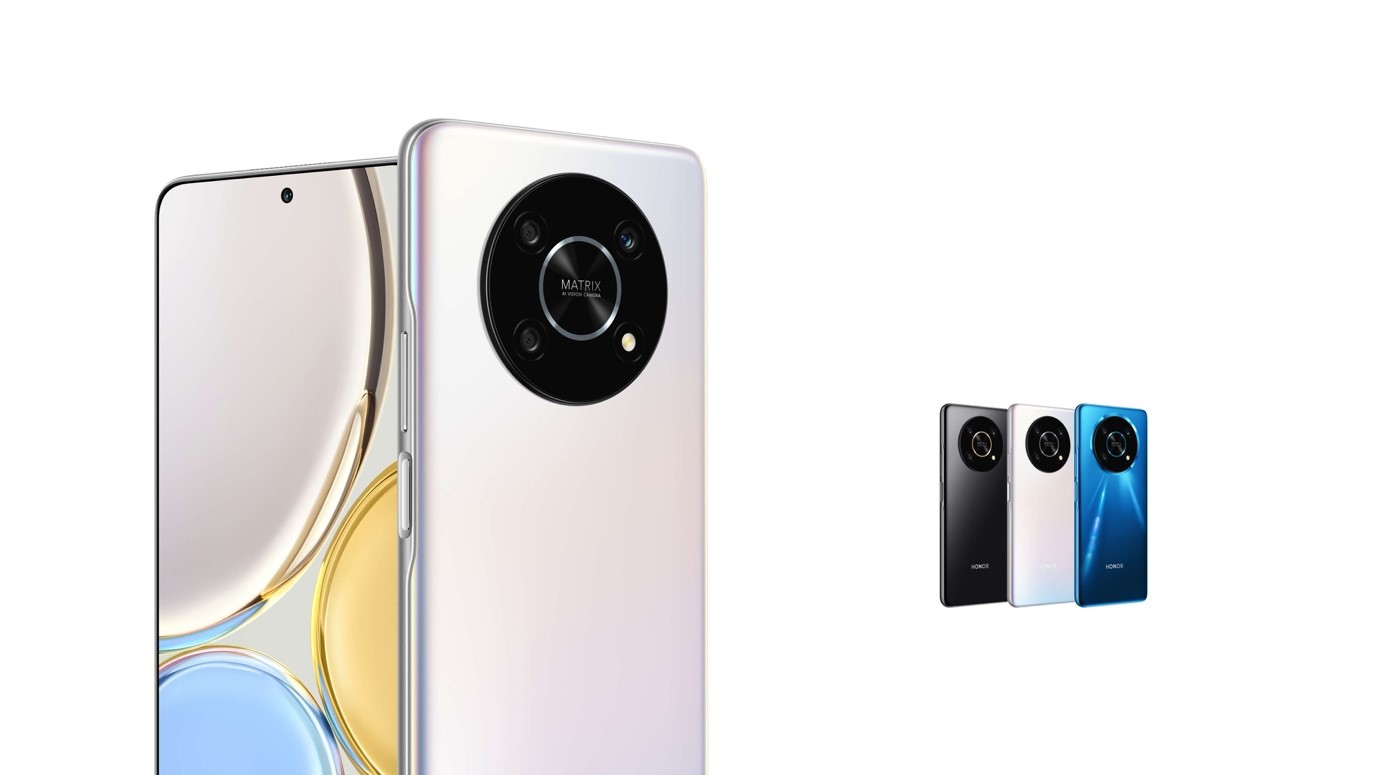
As smartphones have become an integral part of our lives, they store a wealth of personal and sensitive information. From emails and financial data to personal photos and contact details, our smartphones hold a treasure trove of valuable data. However, this convenience also poses security risks, as cyber threats continue to evolve. To safeguard users and their data, smartphone manufacturers have implemented advanced security measures, such as biometrics and data protection. In this article, we will explore how biometrics and data protection have become essential components in ensuring mobile security.
The Need for Mobile Security
With the increasing reliance on smartphones for daily tasks and the growing popularity of mobile banking and e-commerce, the need for robust mobile security has never been greater. Cybercriminals employ various methods, such as malware, phishing, and hacking, to gain unauthorized access to sensitive data on smartphones.
The consequences of a security breach can be severe, ranging from identity theft and financial fraud to unauthorized access to personal information. As such, safeguarding mobile devices against security threats is crucial to protecting users’ privacy and digital identity.
Biometrics: The Key to Secure Access
Biometric authentication has emerged as one of the most secure and convenient methods of unlocking smartphones. Unlike traditional passwords or PINs, biometric features are unique to each individual, making them challenging to replicate or steal.
Smartphones now offer various biometric authentication methods, such as fingerprint scanning, facial recognition, and iris scanning. These biometric features provide an added layer of security, ensuring that only authorized users can access the device and its contents.
Fingerprint Scanning
Fingerprint scanning is one of the earliest biometric authentication methods to be implemented on smartphones. It involves registering a user’s fingerprint, which is then used to unlock the device or access specific applications and data.
Fingerprint scanning is not only secure but also user-friendly, as it offers a quick and seamless way to unlock the device with just a touch of a finger. The technology has advanced significantly, and modern smartphones now offer in-display fingerprint sensors, further enhancing the user experience.
Facial Recognition
Facial recognition technology uses the front-facing camera to capture and analyze the user’s facial features. It creates a unique biometric template based on facial landmarks, which is then used for authentication.
Facial recognition is considered convenient for users, as it eliminates the need for physical contact with the device. However, it is essential to implement robust anti-spoofing measures to prevent unauthorized access using photographs or videos.

Iris Scanning
Iris scanning technology uses infrared light to capture the unique patterns in a user’s iris. The iris pattern is then compared to the registered template for authentication.
Iris scanning is considered highly secure, as the patterns in the iris are intricate and difficult to replicate. It is also unaffected by changes in lighting conditions, making it reliable in various environments.
Data Encryption and Secure Boot
In addition to biometric authentication, smartphone manufacturers implement data encryption and secure boot features to protect user data even if the device falls into the wrong hands. One good example is of HONOR Magic 4 Lite 5G which is secure from this perspective.
Data encryption ensures that the data stored on the device is scrambled and can only be accessed with the appropriate decryption key. This means that even if someone gains physical access to the device’s storage, they cannot read the data without the correct encryption key.
Regular Software Updates
Smartphone manufacturers regularly release software updates to address security vulnerabilities and enhance overall device security. These updates often include bug fixes, security patches, and improvements to existing security features.
Users are encouraged to install these updates promptly to ensure their devices are protected against the latest security threats.
Conclusion
As smartphones become an increasingly integral part of our lives, ensuring mobile security is of utmost importance. Biometric authentication methods, such as fingerprint scanning, facial recognition, and iris scanning, provide a secure and convenient way to protect user data and privacy. Coupled with data encryption, secure boot, and regular software updates, these security measures create a robust defense against cyber threats.
